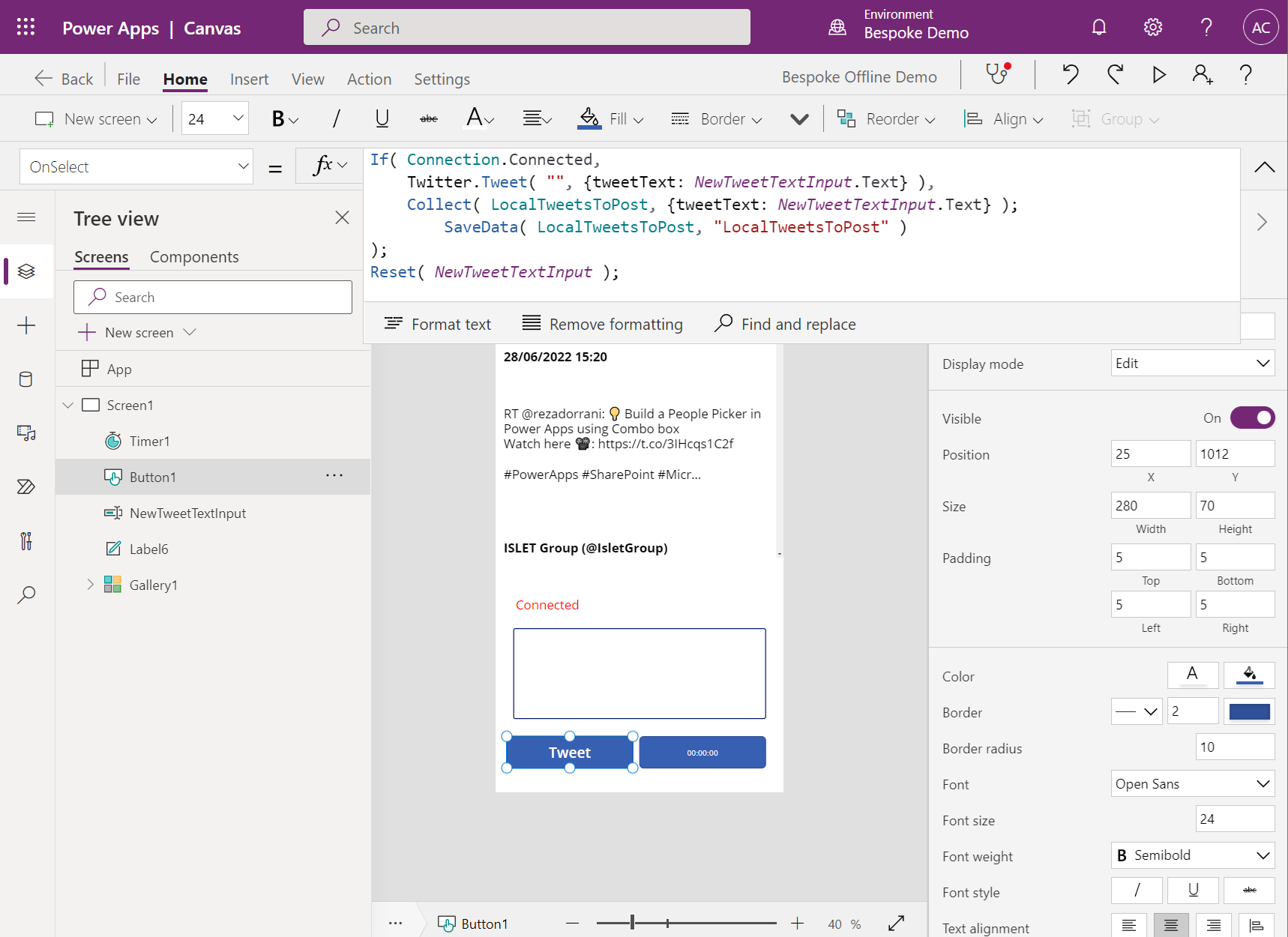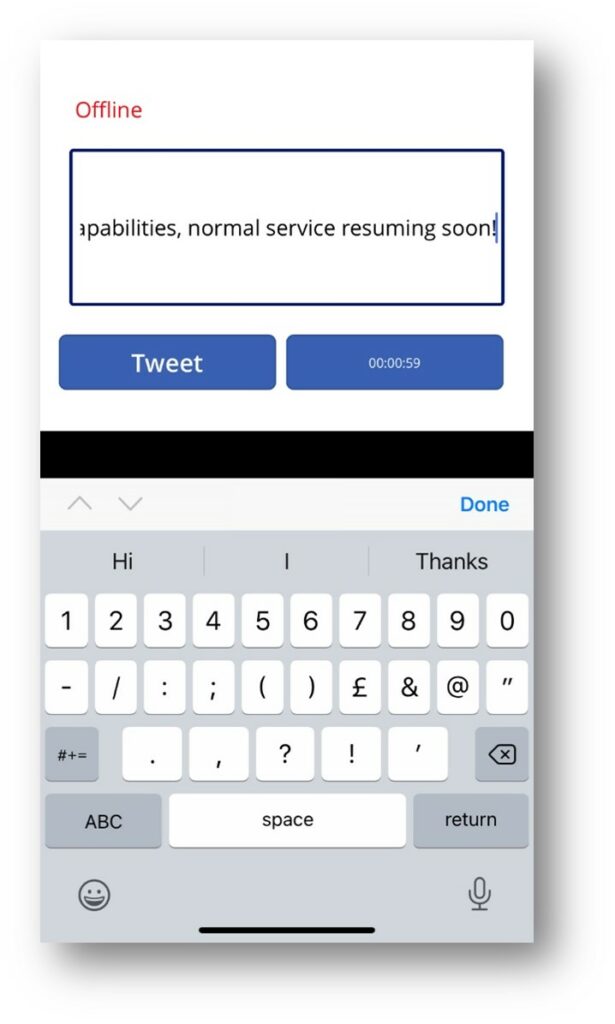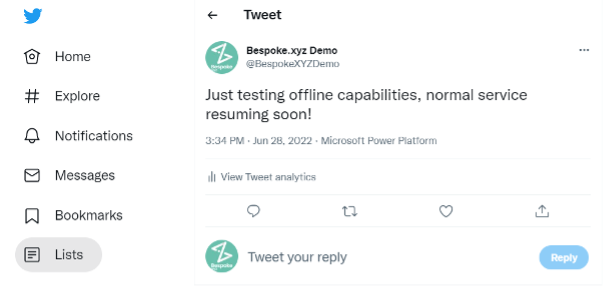
By Adrian Cole – CTO
I was intrigued to see the recent announcement of the general availability of Power Apps for Windows.
Announcing general availability of Power Apps for Windows | Microsoft Power Apps
There are a couple of reasons why I think this is significant:
- A native Windows app gives another option in terms of rollout – with the potential for IT teams to deploy the app for users and a more controlled experience compared to sharing links and asking users to navigate with their browser. For an initial deployment – with either model-driven or canvas app, any help on the rollout to large cohorts of new users is always welcome
- Offline capability – the ability to build offline capability into both model-driven and canvas apps so that they can be used. The focus on this blog is going to be about Offline capability.
Having worked on projects which have required solutions to both show and collect data in remote areas (for example rural farms) and sites with low connectivity (for example site inspections inside vacant buildings with no Wi-Fi and mobile poor reception), I think this is going to be a welcome relief to anyone who’s previously worked with or supported users with the earlier versions of Dynamics CRM and the Outlook app, where data was synced to a local database when a user prepared to go offline.
Following the announcement above, a few points are worth highlighting. Offline capabilities will need to be discussed during the scoping of the project – the functionality is there, and from what I’ve seen, relatively easy to implement, but it is not a simple switch to turn on. For example, for model-driven apps, the app should be optimised with consideration given to which forms and fields should be displayed when offline, and whether a mobile dedicated app should be built. One or more offline profiles need to be configured, and within each profile, the tables and related rows which should be synchronised need to be specified.
For canvas apps, the considerations above hold true, and the app needs to be built out making use of the LoadData and SaveData functions which together allow you to store small amounts of data on the device. Also bear in mind that many of the Canvas Apps we build out stitch together multiple data sources using Connections, all of which are reliant on a HTTPS connection over the internet, i.e., they’re inherently reliant on connectivity.
Sticking with the example of the Power Apps on a mobile device, I followed the steps at Develop offline-capable canvas apps (contains video) – Power Apps | Microsoft Docs to create a quick Proof of Concept on our Demo environment:

Having had my travel request to a desert island for test purposes declined, I briefly enabled my mobile’s Airplane mode:

Once back online, and after the current five-minute timer, we have a result:

With this new announcement of Power Apps for Windows reaching the maturity of general availability, coupled with the Offline capabilities, anyone with an iOS, Android or Windows device using the native Power Apps app for their device can now potentially work offline.
To find out more about how Power Apps can help your business take a look at our Power Apps page or discover more about our Power Apps Consultancy.

